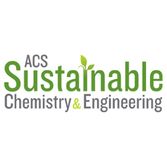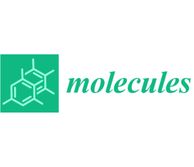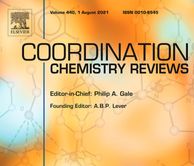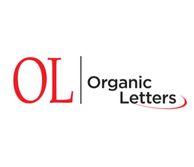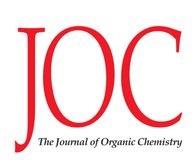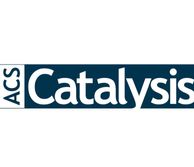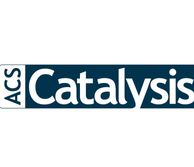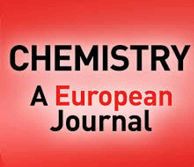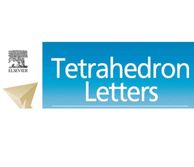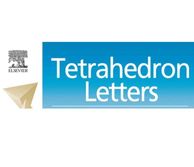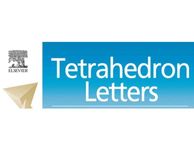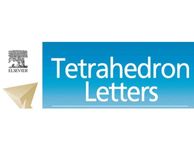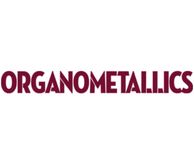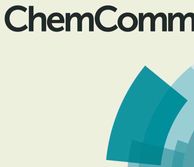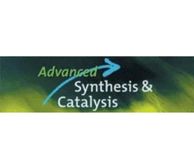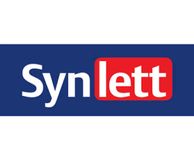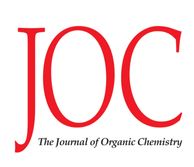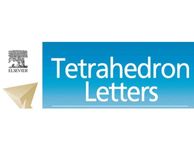In early work we synthesised and resolved planar chiral (R)- and (S)-PHANOLs1 for their use as double hydrogen bonding organocatalysts to activate carbonyl and epoxide groups.2,3
As a counterpoint to our natural product work we also developed new organocatalysts for bromination,4,5 including ortho-substituted iodobenzenes.6 This ultimately led to the off-the-shelf use of the Sharpless ligand with carboxylic acid additives for catalytic asymmetric bromolactonisations.7 A decade later, kinetic profiling revealed product inhibition in an intermolecular catalytic asymmetric bromesterification of alkenes, which when surmounted allowed for much reduced catalyst loadings to be used.8 Further kinetic studies demonstrated bromophosphatation as a mode of catalyst deactivation in a catalytic asymmetric intermolecular bromesterification reaction using a chiral phosphoric acid catalyst.9
As a separate area, we have been involved with olefin metathesis chemistry using Grubbs ruthenium based catalysts. In early work, the ability of ruthenium benzylidenes and palladium(0) catalysts to function as orthogonal catalysts was explored.10,11 in 2006, we reported on facile anionic ligand exchange in Hoveyda-Grubs ruthenium benzylidenes,12 and subsequently utilized these observations for a vacuum driven immobilisation of Buchmeister-Hoveyda-Grubbs ruthenium benzylidenes.13 In 2017 we reported that kinetic benchmarking reveals the competence of prenyl groups in ring-closing metathesis.14 In 2020 we reported on the use of a relay strategy to actuate trisubstituted olefins in monoterpenoids for cross-metathesis with trisubstituted alkenes,15 and subsequently utilised this method for the first iterative construction of terpenes using terpenoid building blocks.16
In collaborative work with Dr Rob Davies, we have been been exploring copper catalyzed Ullmann reactions. In 2015, we reported on the synthesis and reactivity of copper(I) amide complexes.17 Subsequently, we have reported mechanistic studies on the copper catalyzed N-arylations of alkyl amines promoted by organic soluble bases,18 mechanistic and performance studies on the ligand-promoted Ullmann amination reaction,19 and new insights into the reaction capabilities of ionic bases in copper-catalysed aminations.20
In collaborative work with Dr James Wilton-Ely we are exploring the use of recovered metal pre-catalysts in organic synthesis. In 2021, as part of this effort, we published reviews on strategies for sustainable palladium catalysis22 and from waste to green applications: the use of recovered gold and palladium in catalysis.22 In 2022, we reported on the first use of gold complexes recovered from waste electronic equipment as homogenous catalysts,23 and in 2024, the use of palladium complexes derived from waste as catalysts for C-H functionalization and C-N bond formation.24
Following up on our direct amidation methodology using stoichiometric tetramethylorthosilicate (TMOS)25 and methyltrimethoxysilane (MTM),26 and having reviewed the area in 2021,27 in 2023 we reported triarylsilanols as the first silicon-centered molecular catalysts for direct amidation of carboxylic acids with amines.28
Catalyzed methods continue to be active areas of research in the group.
References: [1] Braddock D. C.; MacGilp, I.; Perry, B. G. J. Org. Chem. 2002, 67, 8679-8681. [2] Braddock, D. C.; MacGilp, I. D.; Perry, B. G. Synlett 2003, 1121-1124. [3] Braddock, D. C.; MacGilp, I. D.; Perry, B. G. Adv. Synth. Catal. 2004, 326, 1117-1130. [4] Ahmad, S. M.; Braddock, D. C.; Cansell, G.; Hermitage, S. A. Tetrahedron Lett. 2007, 48, 915-918. [5] Ahmad, S. M.; Braddock, D. C.; Cansell, G.; Hermitage, S. A.; Redmond, J. M.; White, A. J. P. Tetrahedron Lett. 2007, 48, 5948-5952. [6] Braddock, D. C.; Cansell, G. Hermitage, S. A. Chem. Commun. 2006, 2483-2485. [7] Armstrong, A.; Braddock, D. C.; Jones, A. X.; Clark, S. Tetrahedron Lett. 2013, 54, 7004-7008. [8] Braddock D. C.; Lancaster B. M. J.; Tighe, C. J.; White, A. J. P. J. Org. Chem. 2023, 88, 8904–8914. [9] Lancaster, B. M. L; White, A. J. P.; Tighe, C. J.; Braddock, D. C. J. Org. Chem. 2025, 90, 6992–7002. [10] Braddock, D. C.; Wildsmith A. J. Tetrahedron Lett. 2001, 42, 3239-3242. [11] Braddock, D. C.; Matsuno, A. Tetrahedron Lett. 2002, 43, 3305-3308. [12] Tanaka, K.; Bohm, V. P. W.; Chadwick, D.; Roeper, M.; Braddock, D. C. Organometallics 2006, 25, 5696-5698. [13] Braddock, D. C.; Tanaka, K.; Chadwick, D.; Bohm, V. P. W.; Roeper, M. Tetrahedron Lett. 2007, 48, 5301-5303. [14] Bahou, K. A.; Braddock, D. C.; Meyer, A. G.; Savage, G. P. Org. Lett. 2017, 19, 5332–5335. [15] Bahou, K.; Braddock, D. C.; Meyer, A. G.; Savage, G. P.; Shi, Z.; He, T. J. Org. Chem. 2020, 85, 4906-4917. [16] Bahou, K. A.; Braddock, D. C.; Meyer, A. G.; Savage, G. P. Org. Lett. 2020, 22, 3176-3179. [17] Sung, S.; Braddock, D. C.; Armstrong, A.; Brennan, C.; Sale, D.; White, A. J. P.; Davies, R. P. Chem. Eur J. 2015, 21, 7179-7192. [18] Sung, S.; Sale, D.; Braddock, D. C.; Armstrong, A.; Brennan, C.; Davies, R. P. ACS Catal. 2016, 6, 3965–3974. [19] Lo, Q. A.; Sale, D.; Braddock, D. C.; Davies, R. P. ACS Catal. 2018, 8, 101-109. [20] Lo, Q. A.; Sale, D.; Braddock, D. C.; Davies, R. P. Eur. J. Org. Chem. 2019, 1944–1951. [22] McCarthy, S.; Braddock, D. C.; Wilton-Ely, J. D. E. T. Coord. Chem. Rev. 2021, 442, 213925. [22] McCarthy, S.; Lee Wei Jie, A.; Braddock, D.C.; Serpe, A.; Wilton-Ely, J.D.E.T. Molecules 2021, 26, 5217. [23] McCarthy, S.; Desaunay, O.; Lee Wei Jie, A.; Hassatzky, M.; White, A; J. P.; Deplano, P.; Braddock, D. C.; Serpe, A.; Wilton-Ely, J. D. E. T. ACS Sustainable Chem. Eng. 2022, 10, 15726–15734. [24] Jantan, K. A.; Ekart, G.; McCarthy, S.; White, A. J. P.; Braddock, D. C.; Serpe, A.; Wilton-Ely, J. D. E. T. Catalysts, 2024, 14, 295. [25] Braddock, D. C.; Lickiss, P. D.; Rowley, B. C.; Pugh, D.; Purnomo, T.; Santhakumar, G.; Fussell, S. J. Org. Lett. 2018, 20, 950-953. [26] Braddock, D. C.; Davies, J. J.; Lickiss, P. D. Org. Lett. 2022, 24, 1175–1179. [27] Davies, J. J.; Braddock, D. C.; Lickiss, P. D. Org. Biomol. Chem. 2021, 19, 6746-6760. [28] Braddock, D. C.; Rowley, B. C.; Lickiss, P. D.; Fussell, S. J.; Qamar, R.; Pugh, D.; Rzepa, H. S.; White, A. J. P. J. Org. Chem. 2023, 88, 9853–9869.
